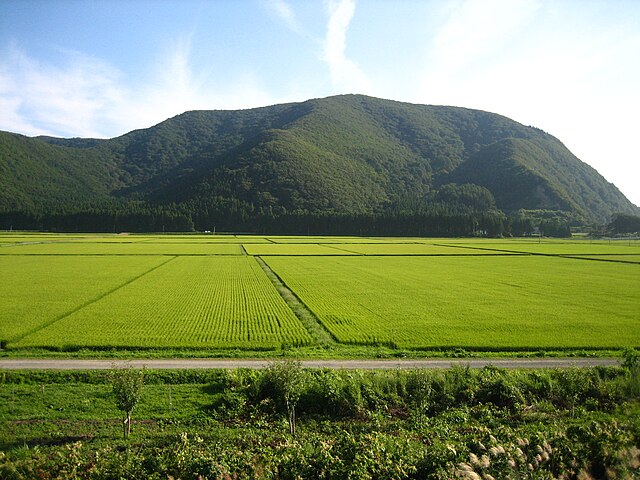Over 50% of paddy producers in Japan feel that rice prices are “too high” for consumers, in a survey by an agricultural association.
In a first for a country that lived for decades without inflation, consumers have lately been queueing to purchase affordable rice.
With retail rates doubling in the year ending May 2025, 43.1% of storekeepers are fearing that customers may forgo purchases.
All the same, 41% of producers hope that although their store prices are untameable currently, they will cool down in 2026.
During the mid-May 2025 survey on 188 rice production firms, the cost of a 5-kg bag of rice had appreciated to 4,200 yen ($28.93).
Kazushi Saito who headed the survey association suggested a producer- and consumer-friendly price at 3,000 yen ($20.66) per 5 kg.
Governmental Sales
Japan’s government had meanwhile in late May taken the bold policy of selling reserve rice directly to retailers to tame costliness.
Beforehand on February 14, 2025, the state had announced releasing 210,000 tonnes of reserve rice to wholesalers starting late March.
The announcement didn’t ameliorate prices, for koshihikari brown rice touched 48,500 yen ($334.02) per 60 kg in Niigata Prefecture, central Japan.
How did it Begin?
The current market conundrum traces its roots to a 2023 drought that slashed 2024 reserves by the highest margin in 25 years.
2023 production led private paddy reserves to drop to 1.56 million tonnes, the lowest since 1999.
On top of this, self-imposed inflation to curb decades of deflation rose by 0.4% between December 2024 and January 2025.
By January 2025, the core consumer price index had upped to 3.2%, year-on-year. Rice was one of the victims of the inflationary effect, with domestic pricing a month later in February rising 90%, y-o-y.
A surge in foreigners and tourists, who also partake of the almost never-exported staple, have also exacerbated rate hikes.
So, as wholesalers scramble to stockpile enough of the pricey grain, rice producers in Japan are empathizing with consumers. Learn more by skimming the statistics below that show who produces rice in the country.
Statistics on Rice Producers in Japan
Japonica rice and other high quality varieties make the staple grain of Japan. Its production is courtesy of farmers and corporations, with the former in turn the suppliers of the government’s annual stockpile. There were around 1.8 million rice-growing families in Japan in the mid-2000s. In the 2023-24 market year, these farmers and large-scale corporates contributed to the 10.23 million-tonne rice production estimate. Interestingly, most household producers are “Sunday farmers,” who grow rice as a staple but depend on other income-making activities. And yet, the rice they grow remains exclusively in Japan itself where it is extremely popular.
Do Japan’s rice farmers have trade protection?
In the 2000s, Japan imposed 778% tariffs on rice imports, to buffer farmers against foreign competition. In reality, the 8 to 10 million tonnes Japan produces annually is almost self-sufficient to meet home needs.
Are there rice farmers’ cooperatives in Japan?
Japan’s rice farmers can choose to join a cooperative or sell directly to food companies or end consumers. One of the biggest co-op consortium is the Japan Agricultural Cooperatives (JA). In the yearly period ending January 2025, JA had reduced collections by 230,000 tonnes while its inventory had dropped by 480,000 tonnes. This was as a result of low production in the 2023 harvest as well as some farmers selling to other food companies.
Which corporates produce most rice in Japan?
Sanyo Rice Ltd, Marubeni Corporation, Nagata Rice Ltd, Hasegawa Rice Ltd, Sanko Rice Ltd, Mikuni Ltd and Kosei Corporation lead large-scale production. These top corporates double as producers, millers and sellers of rice in Japan. As of 2023, private corporates had a private reserve of 1.56 million tonnes, the lowest since 1999 due to drought.
